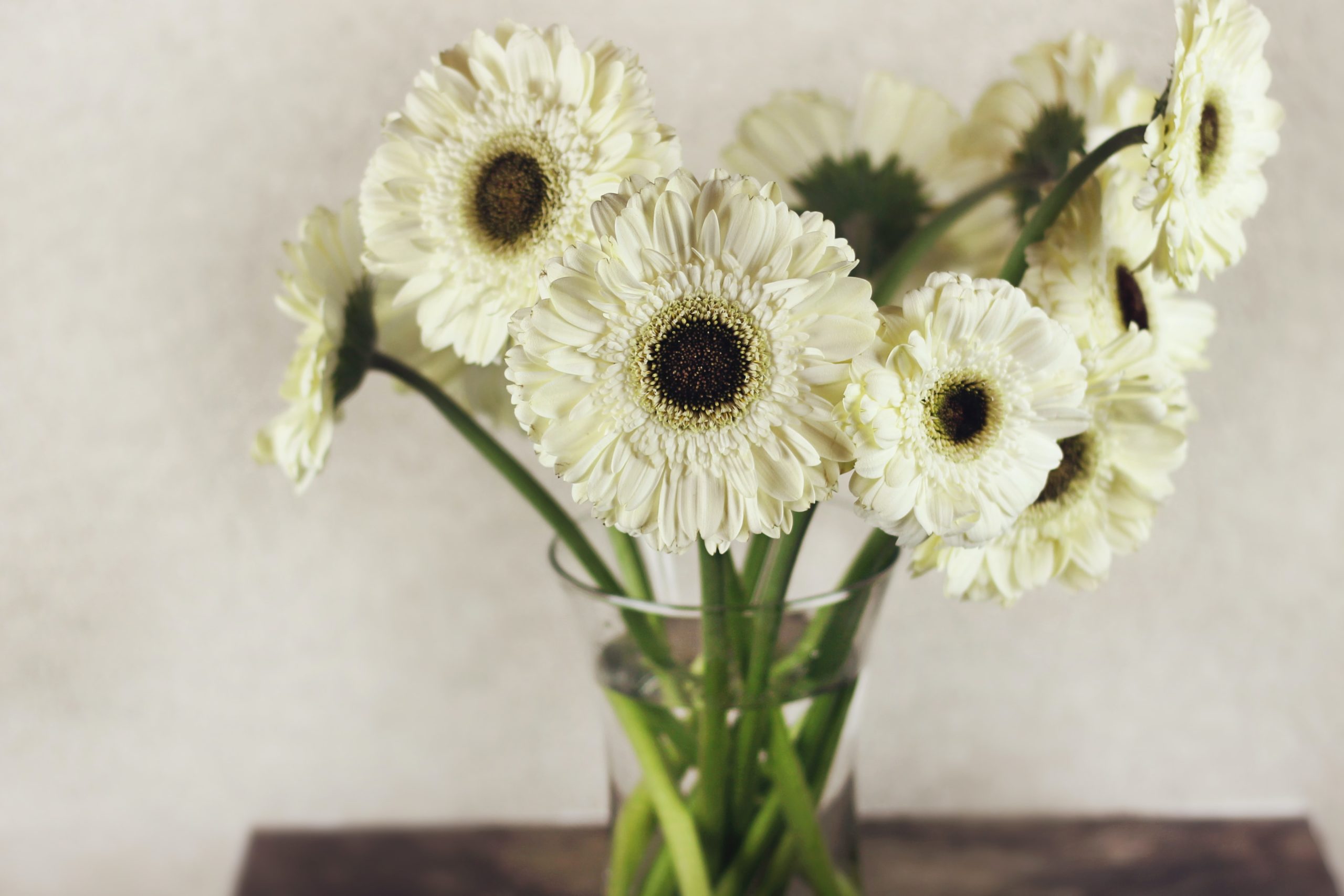
Environment / Lifestyle /
The COVID 19 pandemic has had a plethora of unexpected consequences, from a rise in domestic violence cases to massive reductions in global carbon emissions. When it comes to cut flowers, the pandemic has had both expected and unexpected impacts.
Initially, lockdowns crashed the EU cut flower market, which lost €1bn in the first six weeks of lockdown. This impacted not just retailers, but also growers and suppliers alike. However, unexpectedly, after the initial lockdown, the online floriculture market started to appeal to younger consumers looking to brighten up their homes, send gifts remotely and benefit from having a little slice of nature at home. This causes e-commerce flower sales to boom, and also forced retailers to look at their supply chains in order to develop resilience for the future.
Unfortunately, however, there are many considerations to take into account when it comes to buying flowers, as with any globally produced product. The UK is a major market for cut flowers in Europe, with annual consumption exceeding €2.5 billion. Between 2011 and 2015, the annual import of roses alone increased from €161bn to €182bn, making up around 25% of all imported flowers sold. Most of these come in from the Netherlands, but increasingly flowers are grown in less economically developed countries (LEDCs), such as Kenya and Ethiopia, thanks to climatic conditions allowing for year-round production, and cheaper labour costs.
There are many variables that affect the environmental and ethical impact of cut flowers, such as growing conditions, pesticide use, import distance and method and working conditions.
Since cut flowers are not edible, they do not have the same regulatory controls as crops, meaning that pesticide use is rampant, and pesticide residue is much higher than allowed on foodstuffs. It is estimated that one fifth of the chemicals used in the floricultural industry in LEDCs is banned or untested in the US. For example, methyl bromide, a toxic chemical used as a pesticide, was banned and ceased to be used in the US by 2005 due to its harmful effect on the ozone layer and potency as a greenhouse gas. However, it took until 2015 for it to be phased out elsewhere, leading to numerous potential issues, both environmentally and ethically – methyl bromide is highly toxic to humans and may affect the nervous system after long-term use. In the same way that factory workers in the fashion industry are often exposed to harmful chemicals through their work, floriculture workers have similar issues. A study of female workers in Ecuador showed that pregnant women exposed to everyday pesticides were more likely to have children with a neurological impairment and high blood pressure.
Another issue of note when it comes to growing conditions is water usage. The water footprint of one rose flower is estimated to be 7–13 litres, and the market for cut flowers could eat into the water availability for other industries, such as food production. Virtual water refers to the amount of water required to produce an amount of product, e.g. on average it takes 1,340 cubic meters of water to produce one metric tonne of wheat. Floriculture accounts for 45% of the virtual water exports from Kenya, i.e. of all exported goods, the floriculture industry requires 45% of total water usage. This can place added strain on water-poor countries, and further regulation is needed to ensure a fair distribution of water throughout vital industries.
Emissions are the most obvious difference between imported and cut flowers. According to one study, emission savings are the greatest when purchasing British-grown bouquets, followed by those with a longer vase-life (as fewer will need to be bought). Imported stems produce at least 3x as many emissions as British-grown, maxing out at a whopping 67x the emissions for the most polluting, when considering transportation, heating and electricity for growing.
Ethically, the conditions on some flower farms have significant room for improvement. Floriculture provides vital work and income to many, many people – in Kenya alone, it provides over 2 million jobs and over $500 million a year for the country. However, floriculture often uses a workforce of poor, less educated, primarily female workers, meaning that the industry is ripe for exploitation. This can come in the form of low pay, poor and dangerous working conditions and repression of vital trade unions, especially in LEDCs. The issues aren’t constrained to poorer countries, however – pesticide use in the Netherlands still has harmful effects on workers, and the industry is being encouraged to clean up its act, after a report showed that pesticide use was six times higher than other forms of intensive agriculture in the same regions.
Thankfully, the market share of locally produced UK flowers has been increasing steadily, thanks in part due to the more rigorous ethical and social standards, such as the Ethical Trading Initiative (ETI) and Fairtrade.

Article written by Hattie Webb, research assistant.